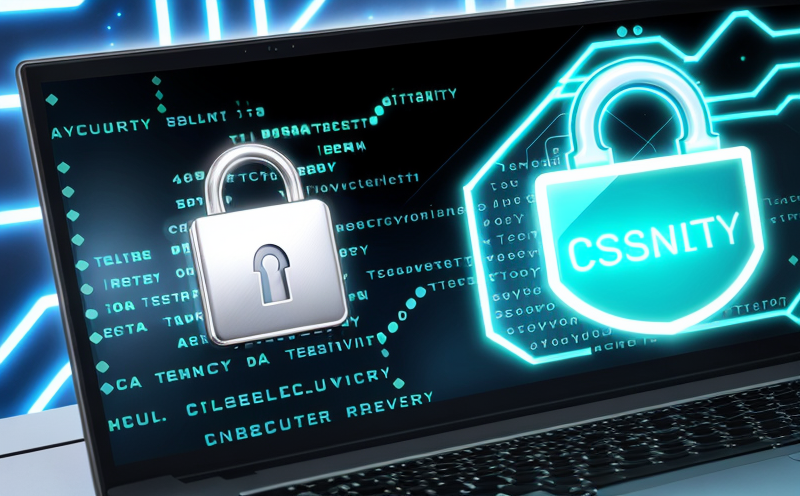IEC 63327 Secure Real-Time Communication in Smart Home Devices
The IEC 63327 standard is pivotal for ensuring the security of real-time communication protocols used in smart home devices. This standard focuses on enhancing the cybersecurity and data privacy aspects of these devices by defining secure methods for establishing and maintaining communications between devices within a smart home network.
Security breaches in smart home devices can have significant implications, ranging from unauthorized access to sensitive information to full control over critical systems. IEC 63327 addresses these risks by providing robust guidelines that help manufacturers implement secure communication protocols, thereby protecting user data and privacy.
The standard covers various aspects of secure real-time communication, including encryption algorithms, authentication mechanisms, and integrity checks. By adhering to this standard, manufacturers can ensure that their devices are resilient against common cyber threats such as man-in-the-middle attacks, unauthorized access, and denial-of-service (DoS) attacks.
The testing process under IEC 63327 involves a series of rigorous procedures aimed at validating the security measures implemented in smart home devices. This includes both static analysis to check for vulnerabilities in code and dynamic analysis to evaluate real-time communication behaviors during operation. The goal is to ensure that all interactions between devices remain secure, even when faced with sophisticated cyber attacks.
Manufacturers must also consider the integration of IEC 63327 into their broader cybersecurity strategies. This involves not only meeting the technical requirements but also ensuring that users are adequately informed about security best practices and the importance of regular updates to maintain secure communications.
In summary, compliance with IEC 63327 is essential for any manufacturer aiming to produce smart home devices that can be trusted in the increasingly interconnected world. By adhering to this standard, manufacturers not only enhance the security of their products but also contribute to a more resilient and privacy-conscious ecosystem.
Industry Applications
- Air Quality Monitoring Systems: Ensuring secure communication for data transmission between sensors and central processing units.
- Smart Thermostats: Protecting user data while maintaining efficient temperature control.
- Automated Lighting Control Systems: Safeguarding lighting configurations against unauthorized changes.
- Home Security Systems: Enhancing the security of surveillance feeds and access controls.
Scope and Methodology
The scope of IEC 63327 encompasses a wide range of smart home devices that rely on real-time communication for their operation. This includes but is not limited to IoT devices, home automation systems, and connected appliances.
The methodology involves several key components:
- Identification of secure protocols: Selecting appropriate cryptographic algorithms and authentication mechanisms.
- Implementation verification: Ensuring that the implemented security measures comply with the standard's requirements.
- Demonstration testing: Conducting tests to simulate real-world scenarios where devices might be attacked.
The testing process is designed to cover various attack vectors, including:
- Man-in-the-Middle Attacks
- Denial-of-Service (DoS) Attacks
- Brute Force Attacks
- Session Hijacking
The goal is to ensure that all communication channels are secure, even under adverse conditions. The use of standardized procedures and internationally recognized benchmarks ensures consistency and reliability in the testing process.
Why Choose This Test
- Enhanced Security: IEC 63327 provides a framework for secure communication, reducing risks of data breaches and unauthorized access.
- Compliance Assurance: Ensures adherence to international standards, which is crucial for market entry and compliance with regulations.
- User Trust: By implementing this standard, manufacturers can build trust among users who value privacy and security.
- Innovation Support: Facilitates the development of cutting-edge smart home devices by providing a clear path to secure communication.
The test ensures that all smart home devices meet the highest standards for cybersecurity and data privacy, thus safeguarding user information and enhancing product reliability.





